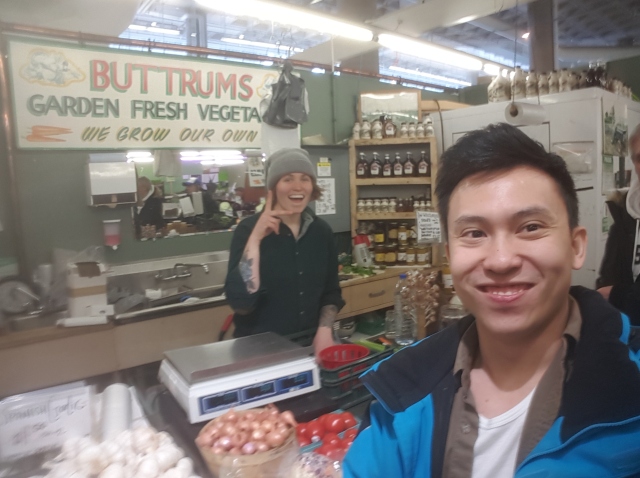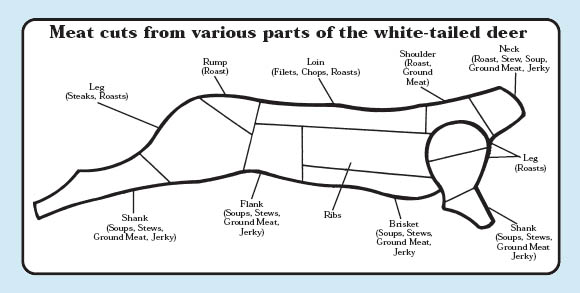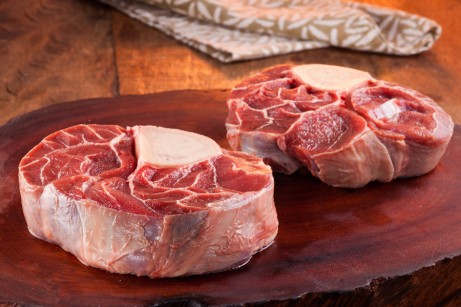For this assignment, a group of friends and I decided to travel to the Hamilton Farmers’ Market to meet our local produces and farmer. The decision for Hamilton Farmer’s Market is that they are the only farmer’s market that is open throughout the Winter and have most operating hours. The majority of Farmer’s Markets around the GTA around only operating once a week during the winter season.
In the farmer’s market we approached Buttrums Family Farm. We met with Shae, one of the workers for Buttrums Family Farm and had a This is a local farming family that has been around for 160 years. The farm has been passed down through three generation and recently one of the owner’s sons has agreed to take over the farm, continuing the legacy of the farm. During the summer seasons, the farm grows a large variety of crops including potatoes, lettuce, squash, and onions. However, during the winter seasons, up until December, they can only produce shallots and squash. They support local producers and will buy and resell for other farmers. They also purchase selective citrus products from Mexico and USA due to the climate advantage. One thing special about the farm is that they go to a local producer in Kitchener to buy and resell maple syrup at cost.
Buttrums chooses to farm organically with no use of chemicals or sprays. They attempted to use strays for one year but ran into problems with the crop and returned to growing organic. From the conversation with Shae, there was not a major determining factor as to why they chose organic other than they have been doing so for generations and ran into problems when they did use it. The farm did not have any major political or environmental initiatives but does believe that people should be buying locally more. The reason for this is because major grocery stores that buy from farmers usually use their buying power to lower buying prices. This hurts the farmers and thus, if we can encourage buying from local farms we can help farmers gain but some of their buying power. In addition, this would help encourage more people to get into farming. Another issue that Shae bought up was that the average age of farmers is 73 years old. This means that without someone to pass the farm onto, in the case of Buttrums Family Farm, they end up closing shop.

Before meeting with Shae and learning about Buttrums Family Farm, we spoke to another farmer called Fleetwood. They are also a local farmer that has been operating since 1933. Unlike Buttrums, Fleetwood had chosen to use chemical and sprays to protect their crop. This ensured that they have a good crop and are able to provide produce consistently. Although they had two different farming philosophies they shared one common concern. It was the fact that current farmers are too old and there are not enough young farmers that are entering the market. This was their biggest concern but they did not seem to have a solution to encourage new entrants. As expected however, the produce variety was limited. To provide customers with more choice, these farmers continued buy produce from out the country. Price-wise, they were as competitive as the large grocery stores. Personally, I still enjoy the greater variety and choice that the large grocery stores offer.






